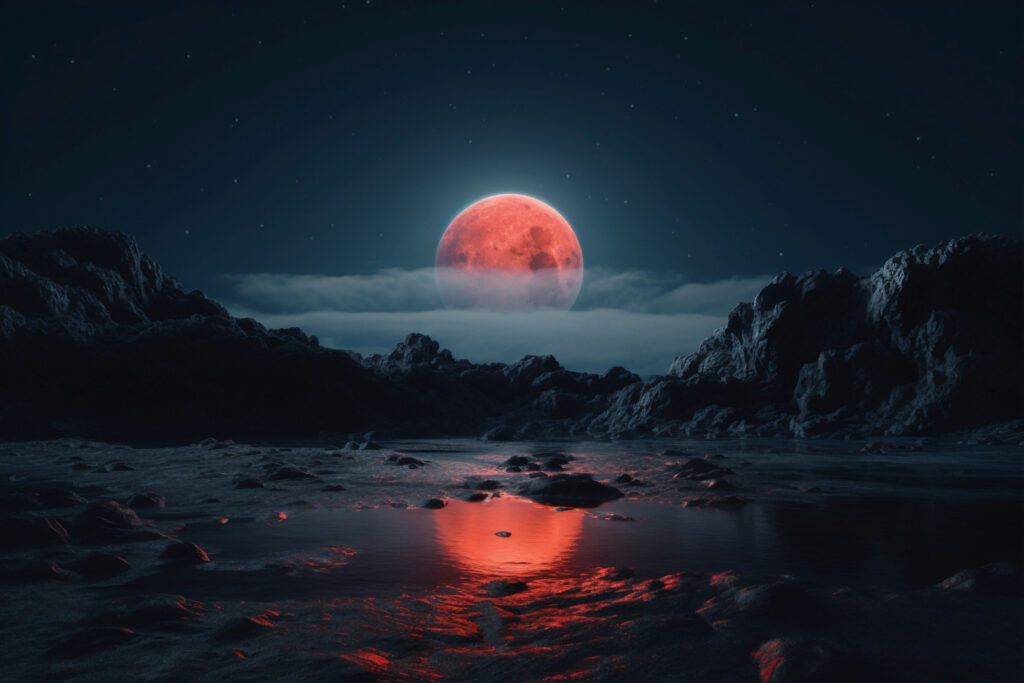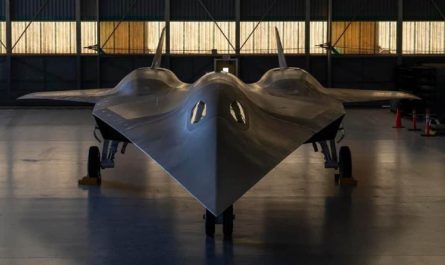If Friday morning’s forecast looks clear, it’s well worth setting your alarm to wake up about 90 minutes before sunrise—the unofficial start to the Memorial Day holiday weekend promises a breathtaking celestial display. As long as you have a clear view facing east, you’ll be treated to a striking pairing of the two brightest objects in the night sky.

The crescent moon will be easy to spot, glowing faintly with just 16% of its surface lit. Nearby, Venus—shining brilliantly at magnitude -4.5—will appear just below and to the left of the moon. The two won’t be particularly close, separated by about 7 degrees (roughly three-quarters the width of your fist held at arm’s length), but their sheer brightness makes the sight spectacular.
This dramatic duo is, of course, an illusion of perspective. Venus, at 58.5 million miles (94.1 million kilometers) away, is 259 times farther from Earth than the moon, which will be 225,700 miles (363,300 kilometers) distant that morning.
Venus is also nearing its peak visibility. On June 1, it reaches its greatest western elongation—its farthest apparent distance from the sun in the morning sky. As summer progresses, Venus will continue to rise earlier, eventually appearing up to three hours ahead of the sun by late July. For now, it rises around 3:35 a.m. local daylight time, shining like a ghostly beacon in the pre-dawn sky. Through a telescope, Venus will appear nearly half full, with 45% of its disk illuminated.
Once you spot Venus near the moon, try tracking it into daylight—it may still be visible as a tiny white dot against the blue sky.
Don’t Miss Saturn!
While you’re admiring the moon and Venus, look about 10 degrees to the right of the moon and you’ll spot Saturn—shining with a quiet glow. Although far less brilliant than Venus (at a faint magnitude of +1.2), it should still be visible to the naked eye in the darker early sky. On this morning, the crescent moon will be a bit more illuminated than during last month’s much-hyped April 25 “smiley face” alignment with Venus and Saturn—an event that many found underwhelming due to its low position and interference from twilight.
This Friday, however, all three objects—Saturn, the crescent moon, and Venus—will be easier to see. The moon will be slightly brighter, Venus will be dazzling, and Saturn, though far dimmer and with its rings contributing little light (as they’re nearly edge-on), will stand out with a soft yellow-white glow.
It’s a peaceful and awe-inspiring way to kick off the summer season.
Want to Keep Looking Up This Summer?
If stargazing is in your summer plans, check out our guides to the best telescopes and binoculars to help you explore the night sky. You can also prepare for photographing skywatching events with our recommendations for top astrophotography cameras and lenses.


